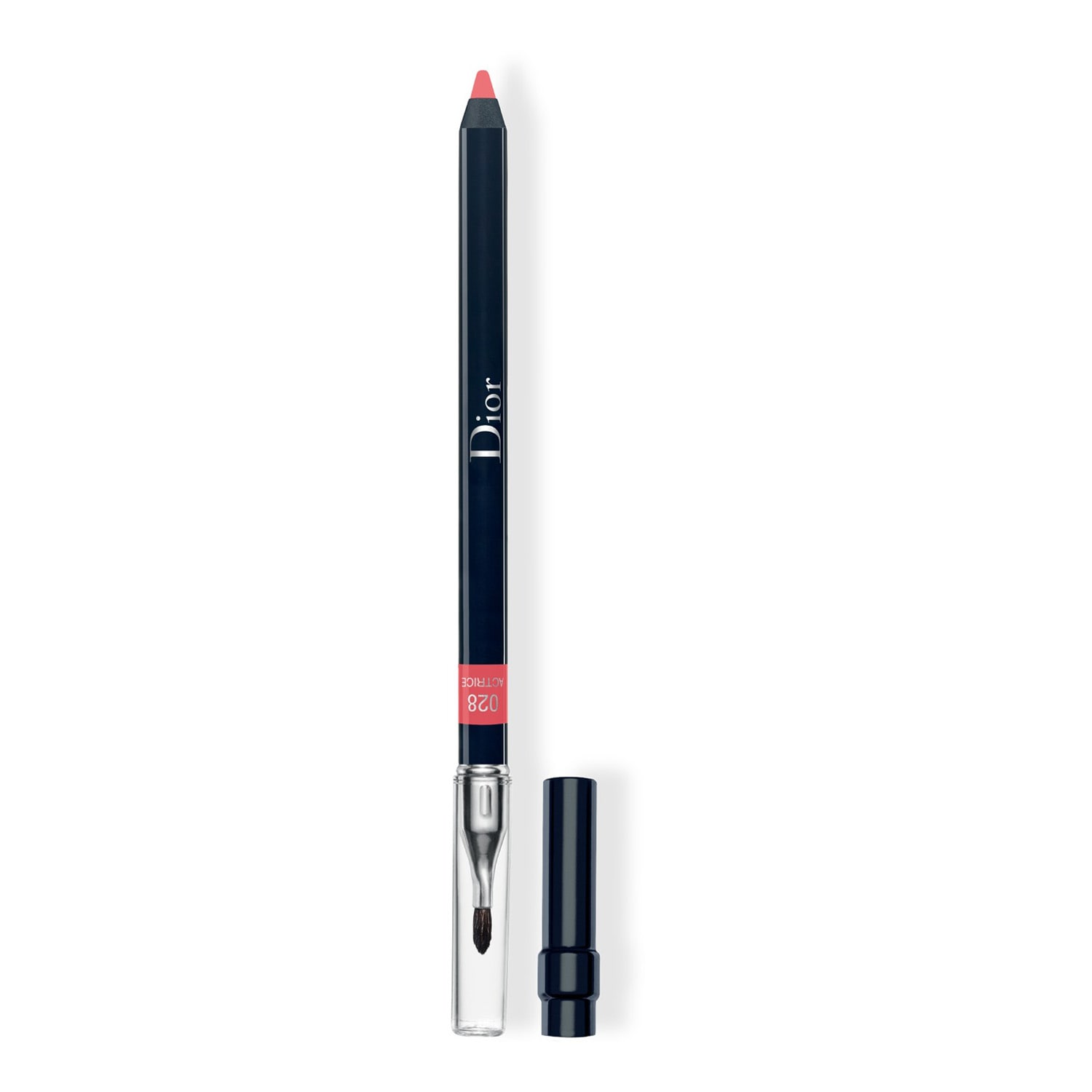Have you ever stopped to truly look at the sky on a clear day, or perhaps gazed at the deep blue of the ocean? That calming, sometimes electrifying, shade of blue is everywhere, isn't it? From the vibrant wings of a butterfly to the jeans we wear, blue surrounds us. It's a color that feels both everyday and a bit mysterious, really. You might just wonder, what exactly goes into making this particular color show up?
Well, it turns out that blue isn't always "blue" in the way we might think. It's not just a simple pigment or a single thing that creates it. Instead, blue often comes from some pretty interesting interactions with light, sometimes even clever tricks of nature. It's a bit like how a tool, say, like CMake, helps to make a complex software project come together, generating the necessary parts; light and matter work together to generate blue, so to speak. Understanding this can actually change how you see the world, which is kind of cool.
So, get ready to explore the many ways blue color comes to be. We'll peek into the science behind it, look at how living things display it, and even consider how we perceive this truly special color. It's a fascinating journey, and you'll find, perhaps, that blue is far more intricate than you ever imagined.
Table of Contents
- The Science of Blue: How Light Plays its Part
- Making Blue: From Pigments to Structural Colors
- Blue in the Living World: Animals and Plants
- Our Eyes and Blue: Perception and Psychology
- Blue in the Modern World: Beyond Nature
- FAQs About Blue
The Science of Blue: How Light Plays its Part
When we talk about what makes blue color, light is always a big part of the story. Light, as you know, is made up of different colors, each with its own wavelength. Red light has longer waves, while blue and violet light have shorter, tighter waves. How these waves interact with materials or even tiny particles in the air truly determines the color we see, honestly.
It's not just about what a thing is made of; it's also about how light hits it and what happens next. This interaction can be quite surprising. Sometimes, the blue we see isn't even a color that's truly "in" the object itself, which is pretty wild.
Rayleigh Scattering: Why Our Sky Looks Blue
Perhaps the most famous example of blue in nature is our sky. On a sunny day, it looks so wonderfully blue, doesn't it? This happens because of something called Rayleigh scattering. As sunlight travels through our atmosphere, it hits tiny gas molecules like nitrogen and oxygen. These particles are much smaller than the wavelengths of visible light, so.
Shorter wavelengths, like blue and violet light, are scattered much more effectively by these small molecules than longer wavelengths, like red or yellow. Think of it this way: the blue light is bounced around in all directions, pretty much. This scattered blue light reaches our eyes from all parts of the sky, making it appear blue to us, at the end of the day.
When the sun is low on the horizon, like at sunrise or sunset, the light has to travel through more of the atmosphere. Most of the blue light gets scattered away before it reaches our eyes, leaving more of the longer wavelength colors, like reds and oranges, to come through. So, that's why we get those amazing fiery skies, you know?
The Ocean's Hue: A Reflection of the Sky, and More
Many people think the ocean is blue simply because it reflects the blue sky, and that's partly true, to be honest. But there's more to it. Water itself actually plays a role in making the ocean appear blue. Pure water tends to absorb red and yellow light more strongly than blue light, in a way.
When sunlight hits deep water, the longer wavelengths of light are absorbed more quickly. This means that as light travels deeper into the ocean, more and more of the red and yellow light is taken in by the water. What's left to scatter back to our eyes is mostly blue light, so it's almost as if the water itself is filtering the light.
The deeper the water, the more pronounced this effect becomes, making the ocean appear a deeper, richer blue. Of course, things like algae, sediment, and other particles in the water can change its color, sometimes making it look green or even brown. But in clear, deep water, the water itself helps to make that wonderful blue color we love.
Making Blue: From Pigments to Structural Colors
Beyond the sky and the sea, blue appears in countless objects around us, from the clothes we wear to the paintings we admire. Here, the process of what makes blue color shifts from atmospheric scattering to how materials themselves interact with light. It's quite different, really, but just as fascinating.
We often think of colors as being "in" an object, like a blue shirt is blue because it has blue dye. While that's true for many things, there's another, very clever way nature makes blue, and it doesn't involve any actual blue coloring at all. This distinction is pretty neat, you see.
Pigments and Dyes: The Art of Blue
When we talk about blue paint or blue fabric, we're usually talking about pigments and dyes. These are materials that absorb certain wavelengths of light and reflect others. A blue pigment, for instance, is designed to absorb most of the red, orange, yellow, and green light that hits it, but it reflects the blue light. That reflected blue light is what our eyes then pick up, naturally.
Throughout history, getting a good, stable blue pigment was actually quite a challenge. For a long time, lapis lazuli, a semi-precious stone, was ground down to make ultramarine, a very expensive and sought-after blue. Later, indigo, derived from plants, became a common dye for fabrics. Today, we have many synthetic blue pigments, like phthalocyanine blue, which are used in everything from inks to plastics, and they're pretty much everywhere.
The way these chemicals are put together, or "made," at a molecular level determines which light waves they absorb and which they send back. It's a very precise science, ensuring that only the blue light gets to travel to our eyes. So, in a way, the chemical structure itself makes the blue color happen.
Structural Color: Nature's Ingenious Blue
Now, this is where things get really interesting. Some of the most brilliant blues in nature, like those found on the wings of a Morpho butterfly or the feathers of a peacock, aren't caused by pigments at all. Instead, they're created by something called structural color. This means the color comes from the actual physical structure of the surface, rather than from a chemical dye, which is quite amazing.
These structures have tiny, repeating patterns, often on a nanoscale, that are just the right size and shape to interfere with light waves. When light hits these structures, some wavelengths cancel each other out, while others are reinforced. For example, in a Morpho butterfly's wing, the tiny scales have layers that are spaced perfectly to scatter blue light, while other colors are absorbed or simply pass through, so you know.
It's a bit like how a prism breaks light into a rainbow, or how oil on a puddle shows colors. The blue is "made" by the way light waves bounce off and interact with these incredibly precise arrangements. This means the blue color can appear to shift or change depending on the angle you look at it, which is something pigments don't usually do. It's a very clever trick that nature uses to make some of its most stunning blues, honestly.
Blue in the Living World: Animals and Plants
Blue is a fairly common color in the animal kingdom, often used for display or camouflage. Yet, it's surprisingly rare as a true pigment in living creatures. Most blue animals, in fact, use structural color to show off their stunning hues, which is pretty cool.
Plants, on the other hand, have an even tougher time producing blue. While we see many blue flowers, the way they get their color is often quite different from animals or even the sky. It's a testament to nature's diverse ways of creating visual appeal, apparently.
Blue Animals: A Visual Spectacle
Think of the vibrant blue poison dart frog, the iridescent blue tang fish, or the dazzling blue jay. Most of these creatures don't have blue pigment in their skin or feathers. Instead, their blue comes from microscopic structures that scatter light in a very specific way. For instance, the blue jay's feathers contain tiny air pockets and keratin structures that scatter blue light, making the bird appear blue. If you were to crush one of these feathers, the blue color would disappear, leaving behind a dull brown or gray, just a little.
This structural blue is often used for attracting mates or warning predators. The way light hits these structures can make the blue seem to shimmer or change as the animal moves, creating a dynamic display. It's a powerful visual signal, and a really effective way to make blue stand out in their surroundings.
Blue Plants: Rarer, Yet Striking
True blue pigments are much less common in the plant world compared to reds, yellows, and purples. Many "blue" flowers, like hydrangeas, actually get their color from anthocyanins, which are pigments that can change color depending on the pH of the soil. So, a hydrangea might be pink in acidic soil and blue in alkaline soil, or vice versa, depending on the specific type, you know?
Some plants do exhibit structural blue, though it's not as common as in animals. For example, the fruit of the Pollia condensata plant, sometimes called the "marble berry," is one of the most intensely blue objects in nature, and it's all due to structural color. Its cell walls are arranged in spirals that scatter blue light, making it incredibly shiny and blue without any blue pigment. It's a pretty unique example of how plants can make blue, too.
Our Eyes and Blue: Perception and Psychology
Beyond the physics and chemistry of what makes blue color, there's the equally important aspect of how we actually see and interpret it. Our eyes and brains work together to translate light waves into the sensation of color, and blue has a particularly interesting impact on us, in a way.
The perception of blue is not just a scientific process; it also carries a lot of emotional and psychological weight. This makes blue a powerful color in art, design, and even our daily moods, basically.
How We See Blue
Our eyes contain special cells called cones that are sensitive to different wavelengths of light. We have three types of cones: one that responds most strongly to red light, one to green light, and one to blue light. When blue light enters our eyes, it stimulates the blue-sensitive cones, sending signals to our brain that we then interpret as the color blue. It's a remarkably quick process, as a matter of fact.
The exact shade of blue we perceive can vary based on the surrounding colors, the intensity of the light, and even individual differences in our vision. For instance, a blue object might look slightly different under fluorescent light compared to natural sunlight. Our brains are constantly adjusting and interpreting these signals to give us a consistent view of the world, which is pretty amazing.
The Feel of Blue: Its Impact on Us
Blue is often associated with feelings of calm, peace, and serenity. Think about the soothing nature of a clear sky or a calm body of water. It's a color that can feel cool and collected, you know? This psychological effect is why blue is frequently used in places where relaxation or productivity is desired, like bedrooms or offices, honestly.
It can also convey a sense of trust, stability, and authority, which is why it's a popular color for corporate logos and uniforms. However, blue can also be linked to feelings of sadness or melancholy, as in "feeling blue." This dual nature shows how deeply ingrained colors are in our language and culture, arguably.
Blue in the Modern World: Beyond Nature
Our understanding of what makes blue color has allowed us to create and use blue in countless ways, far beyond its natural occurrences. From the screens we look at daily to new materials, blue continues to be a color of great interest and innovation. It's pretty much everywhere now, thanks to science.
Scientists and engineers are always finding new ways to make and use blue, pushing the boundaries of what's possible. This includes addressing some of the challenges that blue light presents in our digital age, and creating exciting new applications, too.
Blue Light: Screens and Sleep
In our modern lives, we're exposed to a lot of blue light from electronic screens like phones, tablets, and computers. While natural blue light from the sun is important for regulating our sleep-wake cycles, too much artificial blue light, especially at night, can actually disrupt our sleep patterns. This is because blue light tends to suppress the production of melatonin, a hormone that helps us feel sleepy, so.
Many devices now have "night mode" settings that reduce the amount of blue light emitted, shifting the screen's color temperature to a warmer, more orange hue. This is a practical application of our understanding of how different wavelengths of light affect our biology. It's a small but significant change that can help with our well-being, really.
Innovations in Blue: New Materials and Uses
The quest for new and better blue materials is ongoing. Scientists are always looking for ways to create more vibrant, stable, and environmentally friendly blue pigments and structural colors. For instance, researchers recently discovered a new inorganic blue pigment called YInMn blue, which is incredibly stable and reflects heat, making it useful for energy-efficient coatings. It's a pretty exciting development, you know?
Beyond pigments, structural color is also inspiring new technologies. Engineers are studying how nature makes blue without dyes to create new materials with unique optical properties, like camouflage that changes color or more efficient displays. The principles of what makes blue color in a butterfly wing could, in fact, help us design the next generation of smart materials, honestly.
To learn more about light and color on our site, and check out this page for more interesting facts about how things work.
FAQs About Blue
Here are some common questions people have about blue color:
Q: Why is the sky blue?
A: The sky is



Detail Author:
- Name : Hayden Wilderman
- Username : dillan22
- Email : emmett48@weissnat.com
- Birthdate : 2002-07-29
- Address : 464 Stacey Prairie Apt. 756 Blancaside, MO 88903
- Phone : +1 (339) 330-0067
- Company : Tromp, Simonis and Powlowski
- Job : Court Clerk
- Bio : Deserunt repudiandae sint eligendi aliquid rerum expedita. Aut ratione libero recusandae quam ut sint. Tempore quis placeat id architecto quaerat nam.
Socials
linkedin:
- url : https://linkedin.com/in/lavinia_id
- username : lavinia_id
- bio : Magni molestiae non quasi in distinctio tenetur.
- followers : 6313
- following : 1653
instagram:
- url : https://instagram.com/lavinia_id
- username : lavinia_id
- bio : Voluptas et sequi aspernatur. Accusamus aliquid dolores vitae doloribus eos omnis eos assumenda.
- followers : 207
- following : 2256



























